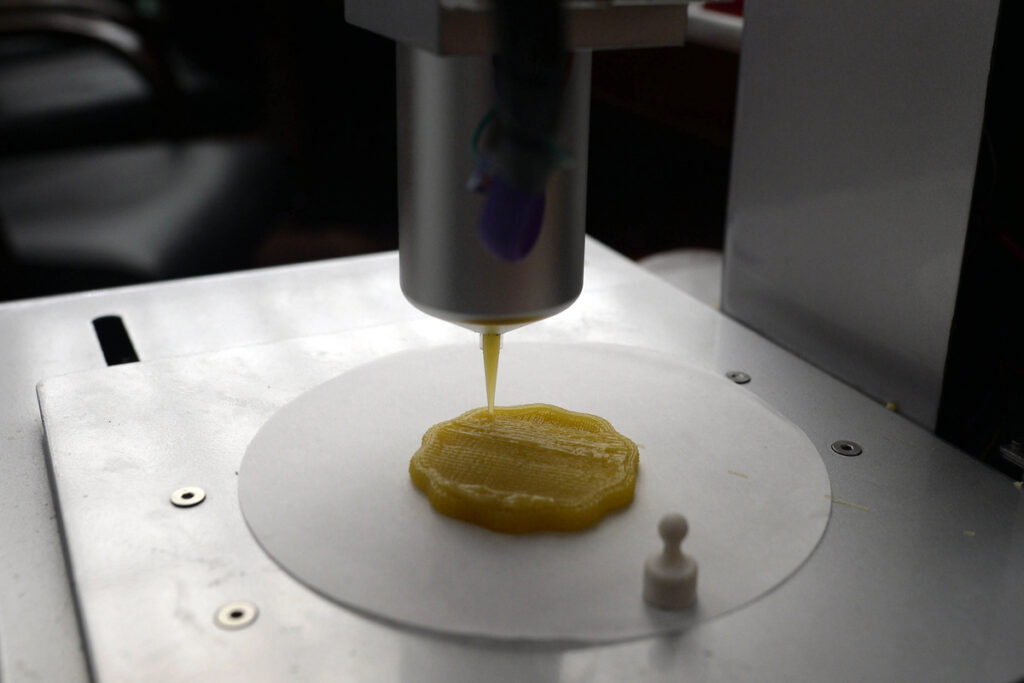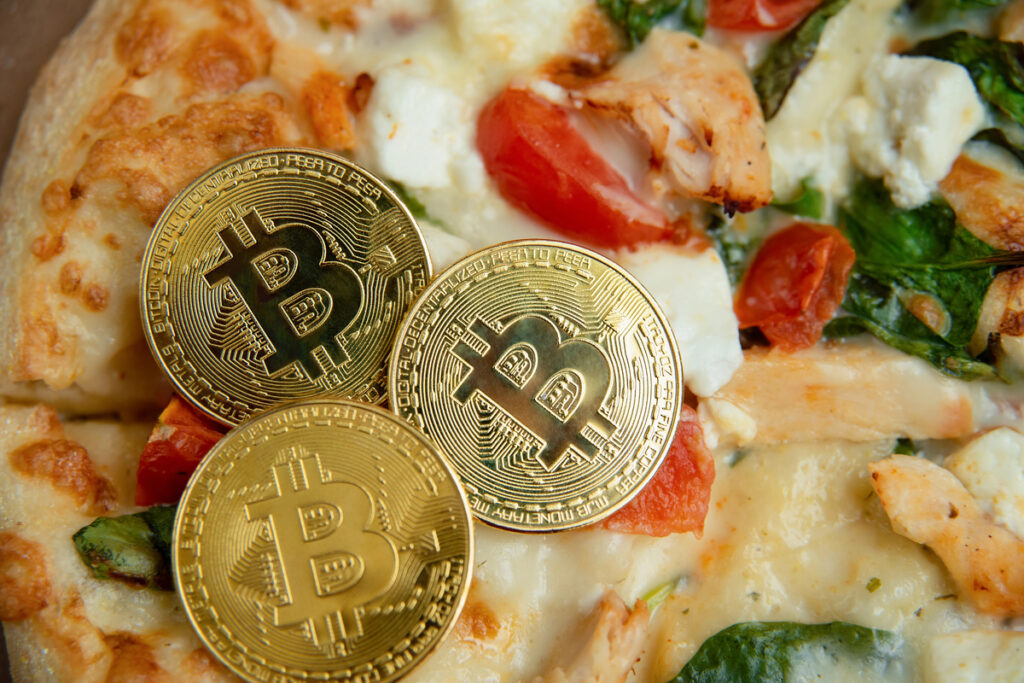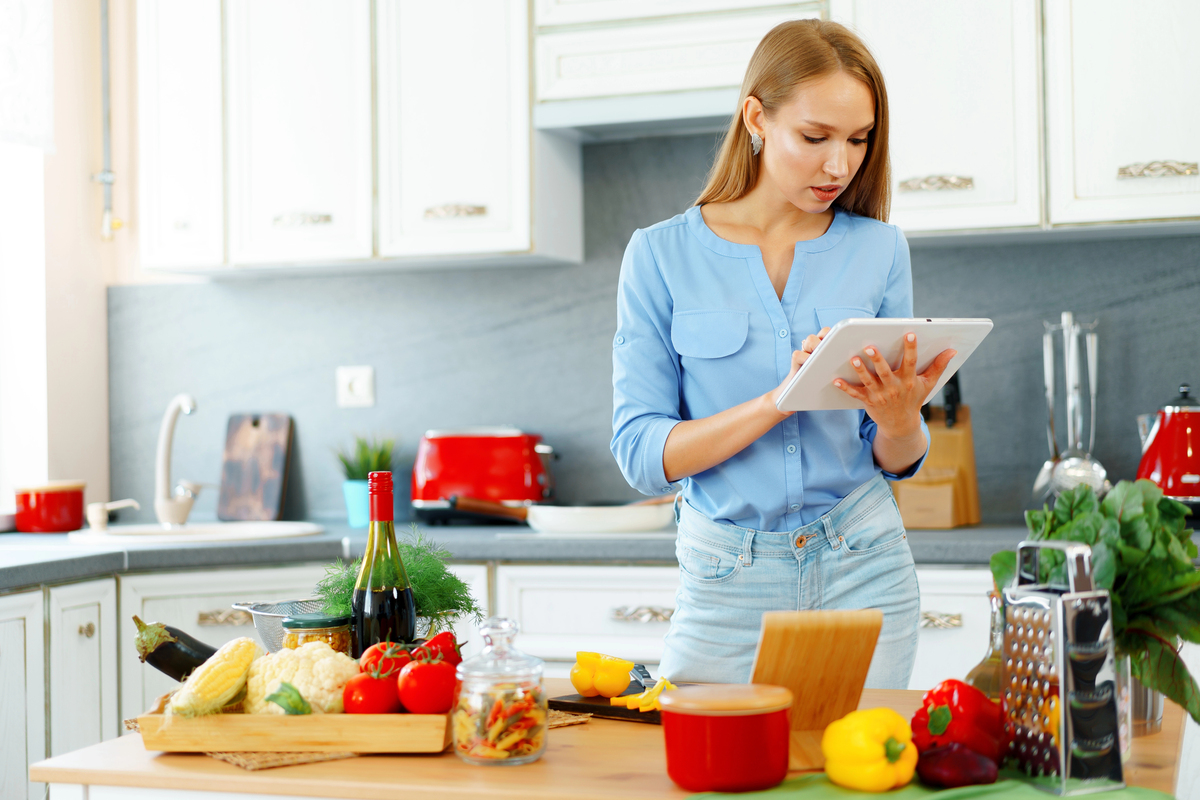12 High-Tech Trends That Are Redefining Our Relationship with Food
Technology is transforming nearly every aspect of life, including the way we experience food. From how meals are prepared to how ingredients are sourced, modern innovations are creating new possibilities and changing our daily habits.
These advancements offer convenience, expand access, and redefine our relationship with eating. Let’s explore the many ways technology is reshaping what and how we eat.
Smart Kitchens Make Cooking Easier

Smart appliances like refrigerators and ovens can now connect to your phone, helping you plan meals, check ingredients, and monitor cooking times. Recipe apps can sync with these devices, offering step-by-step guidance.
With a smart fridge, you’ll never forget what you have stocked, and it can even suggest recipes based on your inventory. These devices simplify the cooking process and make it more efficient. They also help reduce food waste by reminding you of expiration dates.
Meal Delivery Services Offer New Convenience

Apps have revolutionized food delivery, allowing you to order almost any dish with a few taps. Services like Uber Eats and DoorDash bring restaurant meals to your doorstep in minutes. Some platforms even let you customize your orders or subscribe to weekly meal kits.
These services save time and effort, making it easier to enjoy quality meals without cooking. They also cater to specific diets, offering tailored meal options for various preferences.
Online Grocery Shopping Expands Options

You can now shop for groceries online and have them delivered to your home. Many platforms allow you to browse products, compare prices, and schedule deliveries. Online stores often provide wider selections, including specialty and international items.
This option is especially helpful for people with busy schedules or limited mobility. Convenience encourages healthier eating by making nutritious ingredients more accessible.
Virtual Cooking Classes Bring Expertise Home

Online platforms offer cooking classes hosted by professional chefs from around the world. You can learn techniques, try new recipes, and explore global cuisines from your kitchen. Many classes are interactive, allowing you to ask questions in real-time.
These sessions make cooking more fun and engaging for all skill levels. They also inspire people to experiment with flavors and cooking styles they might not have tried otherwise.
Food Tracking Apps Improve Nutrition

Health-focused apps let you track meals, calories, and nutrients with ease. Many of these tools integrate with fitness trackers to offer a complete picture of your health. Users can set goals, monitor progress, and receive tips for improving their eating habits.
These apps encourage mindful eating by highlighting unhealthy patterns. They also make it easier to follow specific diets like keto, vegan, or low-carb.
3D Food Printing Creates Custom Meals

3D printing technology is entering the food world, enabling the creation of intricate and personalized dishes. Chefs can print edible designs and shapes for desserts, pasta, or even pizza. This innovation is particularly useful in healthcare, where printed meals can cater to specific nutritional needs.
It also adds a creative element to cooking, inspiring new possibilities in presentation. Though still in its early stages, 3D food printing is set to change how meals are designed.
Artificial Intelligence Recommends Recipes

AI-powered platforms analyze your preferences, dietary restrictions, and available ingredients to suggest recipes. These systems offer personalized meal plans and even create grocery lists. Some apps provide step-by-step instructions, making cooking more approachable for beginners.
AI tools reduce decision fatigue by narrowing down options that suit your tastes. They also encourage trying new recipes by offering creative ideas you might not consider on your own.
Robotics Automate Food Preparation

Robots are starting to take on cooking tasks, from flipping burgers to assembling salads. Restaurants and food chains use robotics to improve efficiency and consistency. In homes, robotic kitchen assistants help with chopping, mixing, or even cooking full meals.
These machines save time and reduce the effort required for meal preparation. Automation ensures meals are prepared to perfection every time, boosting reliability.
Wearable Devices Promote Mindful Eating

Wearables like smartwatches track your activity levels and provide insights into your eating habits. Some devices monitor hydration and recommend when to drink water or eat. Wearables help users make healthier choices by offering real-time feedback.
They also integrate with apps to suggest balanced meals based on your daily activity. This technology helps people stay on track with their nutrition goals.
Virtual Reality Redefines Dining Experiences

Virtual reality offers immersive dining experiences that transport you to different settings while eating. Restaurants are experimenting with VR to pair meals with virtual environments, such as dining under the sea or in a bustling city.
This innovation adds excitement to meals and creates memorable dining moments. VR technology can also be used in cooking classes to simulate real-life kitchen scenarios. These experiences make eating more interactive and enjoyable.
Blockchain Ensures Food Transparency

Blockchain technology tracks food supply chains, ensuring transparency from farm to table. Consumers can scan a QR code to learn where ingredients come from and how they were produced. This system builds trust by verifying the quality and origins of food products.
It also promotes ethical practices by highlighting fair trade and sustainable farming. Blockchain empowers consumers to make informed choices about what they eat.
Social Media Shapes Food Trends

Platforms like Instagram and TikTok influence how we think about food by showcasing viral recipes, challenges, and trends. People discover new cuisines and cooking hacks through videos and posts.
Social media encourages creativity in the kitchen, inspiring users to recreate dishes at home. It also connects food enthusiasts, creating communities that share tips and experiences. This digital influence shapes eating habits and introduces audiences to global flavors.
15 Effortless and Nourishing Recipes to Make for People Over 60 Who Need Help Cooking

Cooking for seniors doesn’t have to be complicated or time-consuming. With easy recipes tailored to their needs, seniors can enjoy delicious and nutritious meals without the stress.
15 Effortless and Nourishing Recipes to Make for People Over 60 Who Need Help Cooking
15 Things You’re Too Old For After Age 50

As we grow older, we gain wisdom, experience, and a clearer sense of who we are. By the time you reach age 50, certain habits, trends, and activities no longer serve you. Life is too short to waste time on things that don’t add value or bring joy.







